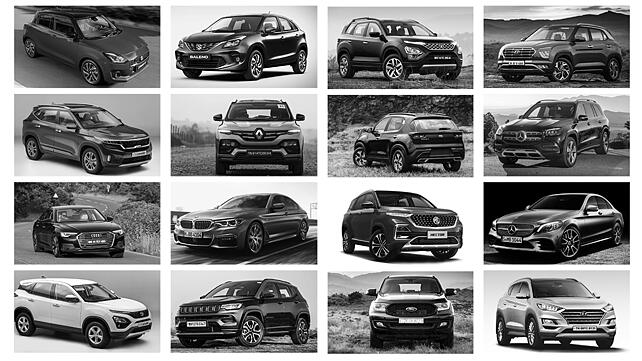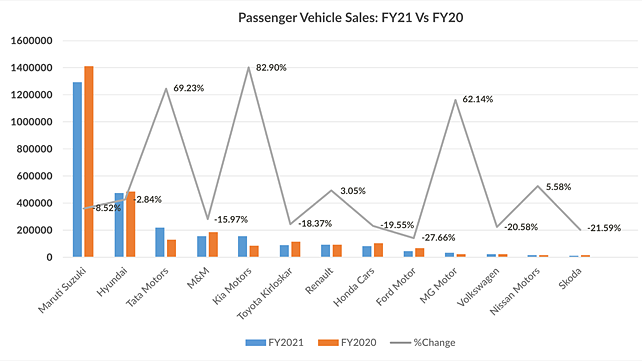
In early 2020, carmakers that were already grappling with the BS-VI transition would have never thought that they would have to fight the biggest battle of all time in the history of Indian automotive industry. COVID-19 not just forced a national lockdown, which severely impacted the supply chain, the safety of employees and managing labour were other challenges that needed urgent attention.
Despite being hammered by several challenges, various carmakers such as Maruti Suzuki, Hyundai, MG Motors and Mahindra & Mahindra came forward to supply all the essential needs like ventilators and ambulances.
The resilient carmakers stood up and went ahead with their launch plans in the most uncertain times. Almost all carmakers including Hyundai Motor India, Kia Motors, Mahindra & Mahindra, Tata Motors, Nissan, Renault and MG Motors launched their products that helped the overall passenger vehicle segment to maintain the excitement among the customers.
Quick Recovery
The pandemic proved to be one of the main reasons that aided a quick recovery of passenger vehicle sales, as compared to any other segment, as consumers opted to stay away from public transportation. This has not just pushed new car sales but also helped used cars bounce back much faster.

Popular products such as Hyundai Creta, Mahindra Thar, Kia Sonet, Nissan Magnite and Tata Safari have long waiting periods.
Industry experts believe that expect few dampeners such high fuel price, rise in steel price and high inflation, there have been various factors including the LTC scheme that pushed government employees to spend on personal mobility. Fresh models in the market and quick market recovery also worked in the favour of the passenger vehicle segment.
Ravi G Bhatia, President and Director, Jato Dynamics said, “Sales dispatches from OEMs in March were stronger than expected. The reluctance to use public transportation is helping the PV industry but semiconductor and steel shortage is a drag.” However, he cautioned that the resurgence of COVID and a slower pace of vaccination will hurt OEM recovery plans.
In Positive Territory
According to the industry data, the passenger vehicle segment – despite the complete washout of April sales – declined merely by 2% in FY21 closing at 27,08,087 units as compared to 27,63,348 units of FY20.

Sales in the passenger vehicle segment were largely contributed by the top three carmakers – Maruti Suzuki, Hyundai Motor India and Tata Motors. Together, all three carmakers contributed over 66% of the total car sales in FY21.
In fact, Tata Motors recorded the highest ever sales in eight years on the back of successful launches like the Altroz and Safari. The company gained 3.2% market share in FY21, which is the highest for any carmaker.
Apart from Tata Motors, carmakers like Kia Motors, MG Motor, Nissan and Renault registered positive growth in the full fiscal year of FY21.
On the future outlook, industry experts believe there are positive prospects for passenger vehicles in the coming months, but raised concern about the rise in COVID cases, shortage of semiconductors and the upcoming price hike.
“At present dealers are happy with the kind of demand they are getting. Today, discussion between dealer and customers is on the availability of cars and not on discounts. These are good times. If there is no further disruption of lockdown or supply chain disruption, we would be able to achieve 2019-20 numbers. Last quarter of FY21 has been good for passenger car dealers,” said Vinkesh Gulati, President, FADA.
According to Jato forecast, the market will recover to the level of 2018 sales in 2021 for passenger vehicles at 3.2 million and improve slightly for light commercial vehicles. Overall, Jato expects light vehicle sales to cross 4 million units this year.